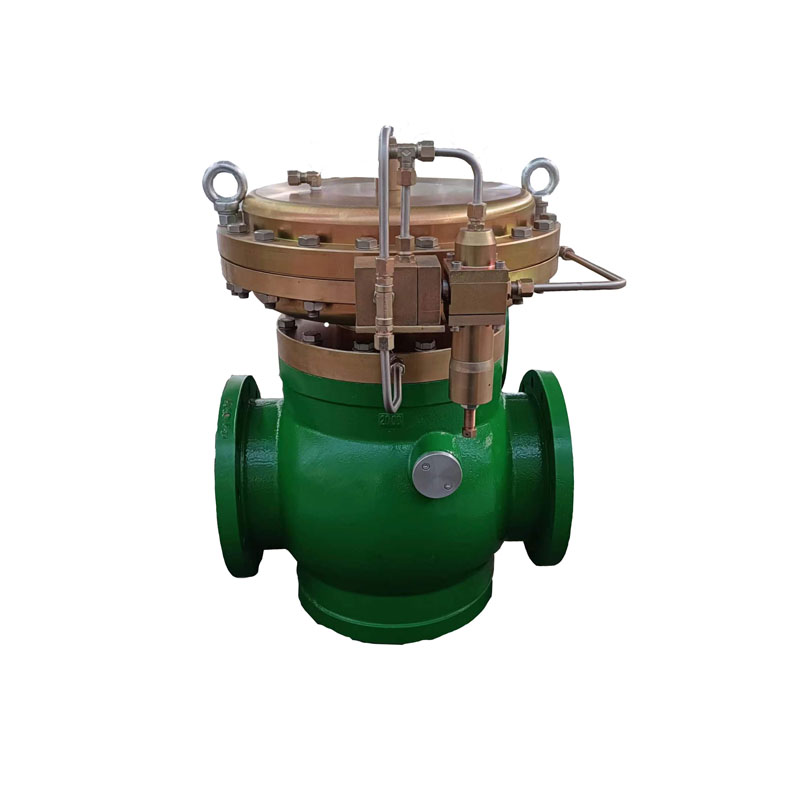
8 月 . 11, 2024 21:46
Back to list
Understanding Gas Pressure Regulation with Effective Reducing Valve Solutions for Optimal Performance and Safety
Understanding Gas Pressure Reducing Valves Function, Components, and Applications
Gas pressure reducing valves (PRVs) are essential components in various gas distribution systems, ensuring that gas is delivered at a safe and consistent pressure. These devices are integral to industrial applications, residential heating systems, and many other settings where gas use is prevalent. Understanding the function, components, and applications of gas PRVs can help in appreciating their vital role in safety and efficiency.
Function of Gas Pressure Reducing Valves
The primary function of a gas pressure reducing valve is to lower the high pressure of gas coming from a supply source into a more manageable level for usage. Without these valves, the high pressure from the main gas supply can lead to unsafe operating conditions, potentially causing appliances to malfunction or become hazardous. Gas PRVs operate by regulating the pressure, ensuring that the gas delivered to appliances meets the required specifications for optimal performance.
Most PRVs work based on a straightforward principle they sense the downstream pressure and adjust the flow of gas to maintain a steady output. When the downstream pressure deviates from the set point, the valve automatically opens or closes to either allow more gas through or restrict its flow, stabilizing the system.
Components of a Gas Pressure Reducing Valve
A typical gas pressure reducing valve comprises several essential components
1. Body The main housing that contains the internal components of the valve. It is usually made from durable materials to withstand the pressure of the gas.
2. Inlet and Outlet Ports These are the entry and exit points for gas. The inlet port connects to the high-pressure gas source, while the outlet port delivers the regulated gas downstream.
3. Diaphragm This flexible membrane responds to changes in pressure. When the downstream pressure increases, the diaphragm moves to reduce the flow; conversely, when the pressure drops, it allows more gas to flow through.
gas pressure reducing valve

4. Spring The spring works in conjunction with the diaphragm to maintain the set pressure level. The tension on the spring can often be adjusted to change the pressure setting of the valve.
5. Adjustable Set Point Some valves have an adjustment mechanism that allows users to set the desired outlet pressure according to specific requirements.
Applications of Gas Pressure Reducing Valves
Gas PRVs find applications across various sectors
- Residential Heating and Appliances In homes, PRVs are used to control the gas pressure delivered to heating systems, ovens, and water heaters, ensuring safe operation and efficient energy use.
- Industrial Processes Many industrial processes require gas to be delivered at specific pressures. PRVs help maintain these levels, contributing to safety and operational efficiency.
- Gas Distribution Networks Municipal and regional gas distribution systems use PRVs to regulate gas pressure for commercial and residential consumers, ensuring consistent service delivery.
- Cooking Appliances Gas stovetops and ovens rely on PRVs to provide stable pressure, essential for maintaining proper combustion and cooking temperatures.
Conclusion
In conclusion, gas pressure reducing valves are crucial for the safe and efficient use of gas in various applications. By regulating the pressure supply, they ensure that systems operate within safe boundaries, providing reliability and performance. Understanding the components and functions of gas PRVs emphasizes their significance in protecting users and enhancing the efficiency of gas-related processes. Whether in industrial environments or domestic settings, these valves play an indispensable role in modern life, enabling us to harness the power of gas safely.
Latest news
-
Unlocking The Quality Gas Pressure ReducersNewsNov.01,2024
-
The Role of Gas Pressure Reducing StationsNewsNov.01,2024
-
The Importance and Functionality of Safety Relief ValvesNewsNov.01,2024
-
The Essential Role of Safety Valves in Natural Gas ApplicationsNewsNov.01,2024
-
The Essential Role of Gas Pressure RegulatorsNewsNov.01,2024
-
Enhance Your Premium Gas FiltersNewsNov.01,2024

